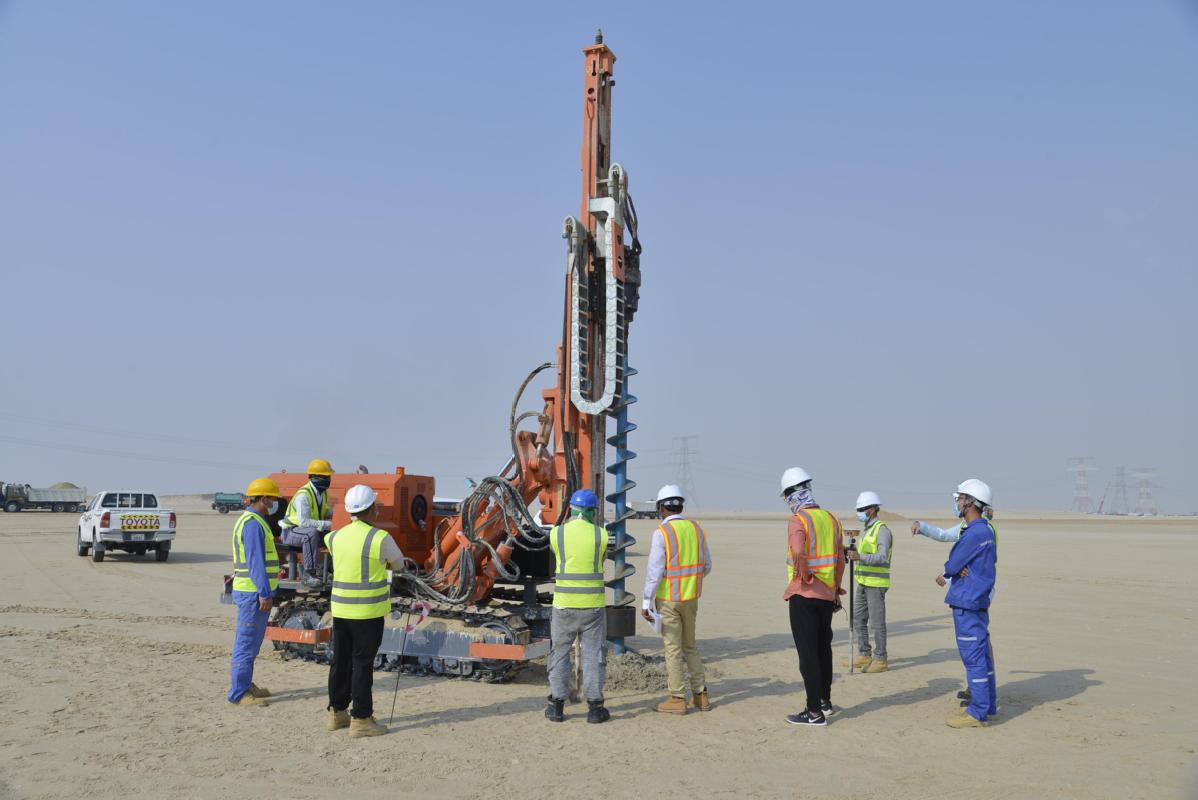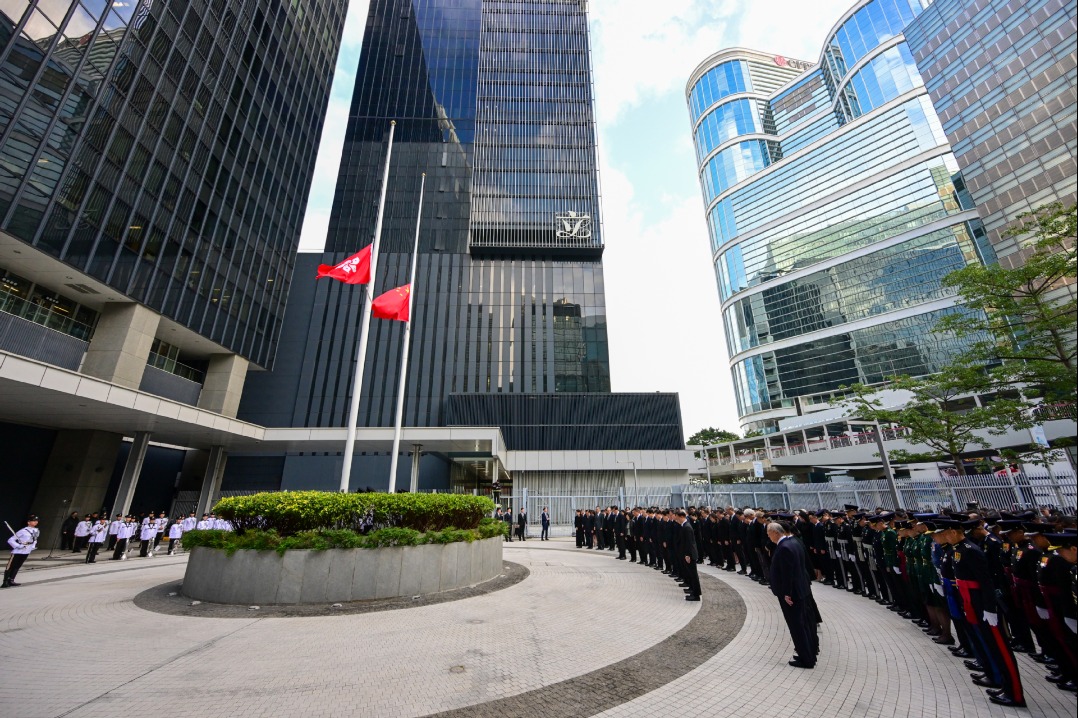A clean green sheet on the Silk Road


Record-breaking feats
Unfazed and unaffected by the onslaught of COVID-19, the Al Dhafra solar power project testifies to China's expertise and competence. It reinforces how the country's solar manufacturing business is supporting regions involved in the Belt and Road Initiative to meet their zero-carbon targets. "What I'm saying is no more perception. It's reality," says Alobaidli.
The solar project has put the prime China-UAE duet on the Belt and Road map with many records broken in the process.
Against all odds during the pandemic, with global supply chains thrown into disarray, CMEC managed to complete the Al Dhafra project on time. "We were installing almost 20 megawatts daily, setting a record. When we started our journey with renewable energy, specifically solar energy in 2010, it took us one year to build a 10-megawatt plant here in Masdar city. In the large-scale Al Dhafra PV project, thanks to experienced contractors such as CMEC, we were able to install 20 megawatts every day," recalls Alobaidli.
The project involved procuring four million bifacial solar PV modules from the Chinese mainland to be mounted on 30,000 single-axis sun trackers. "More than 10,000 containers had to be used to ship the modules despite the erratic logistics network. It was challenging," reminisces Wang. The pandemic-induced disruption was just a tip of the iceberg in a Herculean task. The complex and varied topography across the sweeping desert posed a plethora of engineering hurdles, he says.
The site's proximity to the sea also means the underground soil is highly saline and alkaline. To protect the piles, whose ends go deep into the ground, from erosion, concrete had to be poured into the hole during piling works.
























